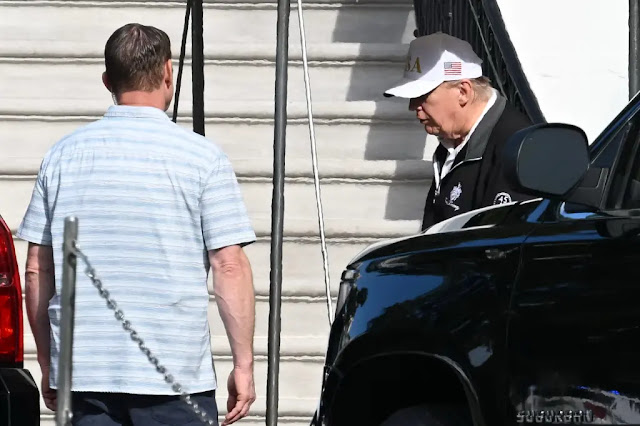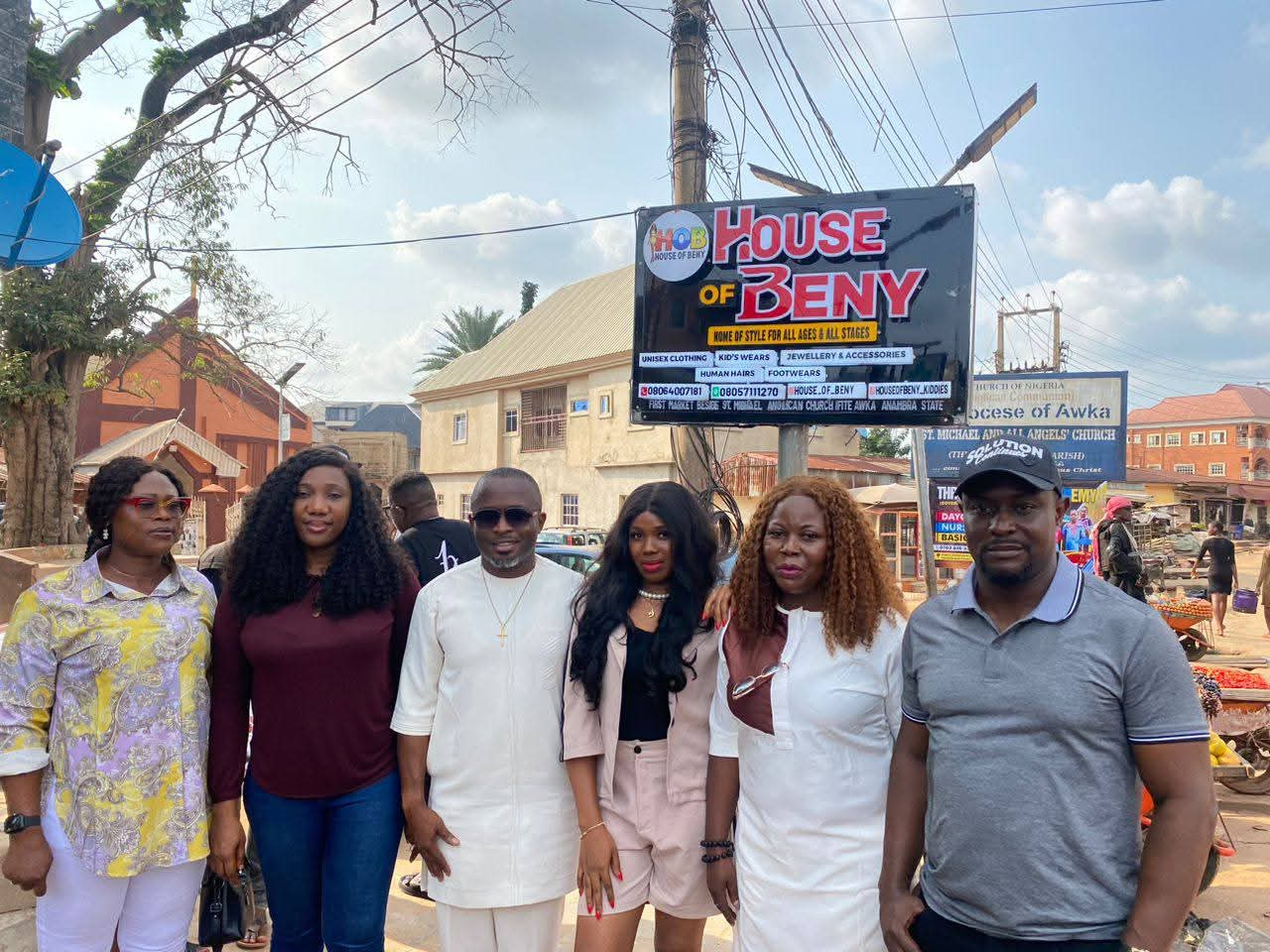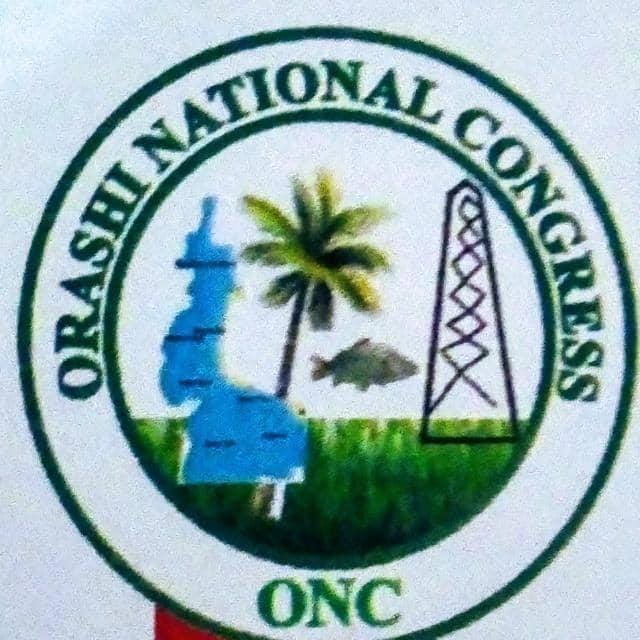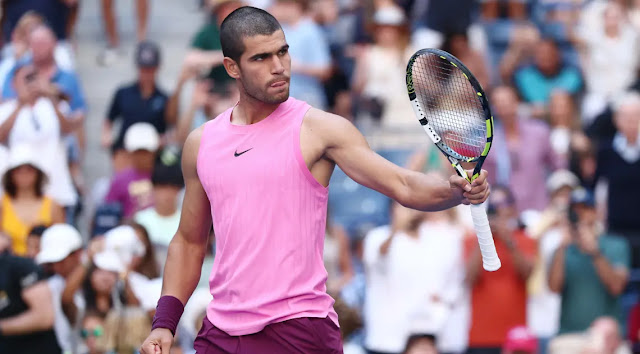On Sunday, August 31, 2025, U.S. President Donald Trump was spotted leaving the White House in golf attire, heading to his Trump National Golf Club in Sterling, Virginia. The sighting came after days of intense online speculation about his health, fueled by a brief hiatus from public appearances and a blank presidential schedule for the Labor Day weekend. The 79-year-old president’s decision to play golf, coupled with a similar outing on Saturday with his granddaughter Kai, effectively dispelled rumors that he was seriously ill or had died, as suggested by trending hashtags such as #TrumpIsDead and #WhereIsTrump on social media platforms like X. This article explores the events leading to the speculation, the details of Trump’s public appearances, and the broader implications of the rumor mill in the context of his presidency and public perception.
The Context of the Speculation
The speculation about President Trump’s health began earlier in the week when the White House released a blank schedule for the Labor Day weekend, a period typically marked by lighter public engagements due to the national holiday. Trump’s last public appearance before the weekend was a marathon three-hour cabinet meeting on Tuesday, August 26, 2025, where he addressed a range of topics, from domestic policy to international affairs. The absence of scheduled events on Wednesday, Thursday, and Friday, combined with the lack of public sightings, sparked curiosity and concern among observers, particularly on social media platforms.
The void in Trump’s public schedule was quickly filled by a wave of rumors, amplified by the rapid spread of misinformation on platforms like X. Hashtags such as #TrumpIsDead and #WhereIsTrump began trending, with some users speculating that the president was seriously ill or had passed away. The frenzy was further fueled by earlier reports of health concerns, including visible bruising on Trump’s hand and a diagnosis of chronic venous insufficiency announced by the White House in July 2025. These reports, combined with comments from Vice President JD Vance about being prepared to step in “if a terrible tragedy” were to occur, added fuel to the speculative fire.
The rumor mill was not a new phenomenon for Trump, who has faced similar waves of speculation in the past, including during his first term when he contracted COVID-19 in 2020. However, the intensity of the #TrumpIsDead hashtag and the rapid spread of unverified claims underscored the power of social media to amplify misinformation and shape public narratives, particularly around a polarizing figure like Trump. The president’s decision to make public appearances on both Saturday and Sunday, engaging in his well-known pastime of golf, served as a direct rebuttal to these rumors and a demonstration of his continued activity.
Trump’s Golf Outing: A Public Rebuttal
On Sunday morning, August 31, 2025, President Trump was photographed leaving the White House at approximately 10 a.m., dressed in golf attire that included black pants, a black pullover, golf shoes, and a white “USA” hat. He boarded a black SUV as part of his motorcade, which proceeded to Trump National Golf Club in Sterling, Virginia, a frequent destination for the president. The sighting was widely reported by media outlets and shared on social media, effectively quashing the rumors of his ill health or demise.
The previous day, Saturday, August 30, Trump had also been seen golfing at the same club, accompanied by his 18-year-old granddaughter, Kai Trump, and 12-year-old grandson, Spencer Trump. Images of the president with his grandchildren, dressed in a white polo shirt and his signature red “Make America Great Again” hat, were captured by AFP photographers and circulated widely, further dispelling the online speculation. The White House press pool confirmed that Trump’s motorcade departed at 8:45 a.m. on Saturday and arrived at the golf club approximately 30 minutes later, providing concrete evidence of his public activity.
On Truth Social, Trump’s preferred social media platform, he shared a post about playing golf with former NFL coach Jon Gruden, describing him as “a really nice guy, and true character!” The post included a photo, though it remains unclear whether it was taken during the Sunday outing or at an earlier time. The president’s active engagement on Truth Social, where he also posted about policy issues and shared AI-generated content, further demonstrated his vitality and involvement in public life, countering the narrative of ill health.
The Role of Social Media in Amplifying Rumors
The rapid spread of the #TrumpIsDead and #WhereIsTrump hashtags on X highlights the double-edged nature of social media in the modern era. While platforms like X provide a space for real-time discourse and information sharing, they also enable the rapid dissemination of unverified claims and conspiracy theories. The speculation about Trump’s health was fueled by a combination of factors, including his age (79, making him the oldest president at the end of his term), a lack of public appearances, and earlier reports of minor health issues.
In particular, images of bruising on Trump’s hand, which surfaced earlier in the week, prompted speculation about his physical condition. The White House press secretary, Karoline Leavitt, attributed the bruising to “minor soft tissue irritation from frequent handshaking and the use of aspirin,” while Trump’s physician, Dr. Sean Barbabella, dismissed concerns about his overall health. Additionally, a July 2025 announcement that Trump had been diagnosed with chronic venous insufficiency, a condition common among older adults, added to the public’s scrutiny of his well-being.
Comments from Vice President JD Vance, made during an interview with USA Today on August 27, 2025, further intensified the speculation. Vance stated that he was prepared to assume the presidency “if, God forbid, there’s a terrible tragedy,” while emphasizing that Trump was in “incredibly good health.” Although intended to reassure the public, these remarks were seized upon by critics and conspiracy theorists as evidence of underlying health issues, fueling the online frenzy.
The role of influencers and commentators on X also contributed to the spread of rumors. For instance, Ben Meiselas of MeidasTouch posted, “Where did Trump go?!” on August 29, while others, including Rick Wilson of the Lincoln Project, mocked the situation with references to Vance. The trending hashtags garnered over 1.3 million engagements by Saturday morning, according to Grok, X’s AI-powered chatbot, illustrating the scale of the online conversation.
Dispelling the Rumors: Strategic or Spontaneous?
Trump’s decision to make high-profile public appearances on both Saturday and Sunday can be seen as a strategic move to counter the rumors and reassert his presence in the public eye. Golf has long been a favored activity for Trump, who has visited his courses frequently during his presidency, including 15 trips to Trump National Golf Club in Virginia in 2025 alone, according to DidTrumpGolfToday.com. These outings provide an opportunity for the president to engage in a visible, low-stakes activity that signals normalcy and vitality.
The inclusion of his grandchildren, Kai and Spencer, in the Saturday outing added a personal dimension to the public appearances, humanizing Trump and reinforcing the narrative that he is active and healthy. The Sunday outing, accompanied by a Truth Social post about Jon Gruden, further amplified this message, leveraging Trump’s preferred platform to reach his supporters directly. By engaging in these activities, Trump effectively shifted the narrative from speculation about his health to one of continuity and engagement.
However, the timing of the appearances also raises questions about whether they were planned in response to the rumors or simply part of Trump’s regular routine. The president’s frequent golf outings, including six weekends spent at his Bedminster property and a trip to his Scotland golf course earlier in 2025, suggest that these activities are a regular part of his schedule. Regardless of the intent, the outings served as a powerful visual rebuttal to the online speculation, demonstrating that Trump remains active and engaged in both personal and public life.
Broader Implications: Health, Age, and Political Polarization
The speculation about Trump’s health reflects broader themes in American politics, including concerns about age and fitness for office, the impact of social media on public perception, and the polarization that shapes narratives around political figures. At 79, Trump is the oldest president in U.S. history at the end of his term, a fact that has drawn comparisons to President Joe Biden, who faced similar scrutiny over his health before withdrawing from his reelection campaign in 2024. The focus on Trump’s age and minor health issues, such as bruising and chronic venous insufficiency, underscores the public’s sensitivity to the physical demands of the presidency.
The rapid spread of the #TrumpIsDead and #WhereIsTrump hashtags also highlights the challenges of combating misinformation in the digital age. While social media platforms provide a space for democratic discourse, they can also amplify unverified claims, particularly when fueled by political divisions. The polarized reactions to the rumors, with some users expressing concern and others mocking the speculation, reflect the deep divisions in American society and the tendency to view political figures through partisan lenses.
For Trump, the rumors represent both a challenge and an opportunity. On one hand, they underscore the scrutiny he faces as a polarizing figure whose every action is subject to intense public and media attention. On the other hand, they provide an opportunity to reinforce his image as a resilient and active leader, capable of defying critics and maintaining a high-profile presence. By engaging in public activities like golf and maintaining an active presence on Truth Social, Trump can counter negative narratives and appeal to his base of supporters.
The Political and Social Context
The health rumors surrounding Trump come at a time when his administration is navigating a range of domestic and international challenges. In the weeks leading up to the Labor Day weekend, Trump had been actively engaged in public events, including a three-hour cabinet meeting on August 26 and an hour-long interview with a conservative media outlet on August 29. His administration has also touted significant achievements, such as a $10 trillion investment in American jobs and a peace deal in the Middle East, as part of its 200-day milestone celebrations.
The timing of the rumors, coinciding with a relatively quiet period in the president’s schedule, highlights the public’s sensitivity to any perceived absence. The Labor Day weekend, traditionally a time of reduced political activity, provided fertile ground for speculation, particularly given Trump’s high visibility as a public figure. The fact that the rumors gained traction despite his recent activity underscores the power of social media to fill information voids with conjecture.
Conclusion
President Donald Trump’s golf outings on August 30 and 31, 2025, served as a powerful rebuttal to online speculation about his health, effectively dispelling rumors fueled by a blank Labor Day weekend schedule and earlier reports of minor health issues. The sightings of Trump, first with his grandchildren and then in golf attire, provided visual evidence of his vitality, countering hashtags like #TrumpIsDead and #WhereIsTrump that had trended on X. The president’s active engagement on Truth Social, including posts about golfing with Jon Gruden, further reinforced his presence in the public sphere.
The episode highlights the challenges of managing public perception in the digital age, where misinformation can spread rapidly and shape narratives around political figures. For Trump, the golf outings were not only a personal activity but also a strategic opportunity to demonstrate resilience and continuity in the face of speculation. As the oldest president in U.S. history, Trump’s health will likely remain a focal point of public discourse, underscoring the broader themes of age, fitness, and polarization in American politics. The events of August 2025 serve as a reminder of the power of visibility and the need for leaders to navigate the complexities of public perception in an era of instant communication and rampant speculation.






